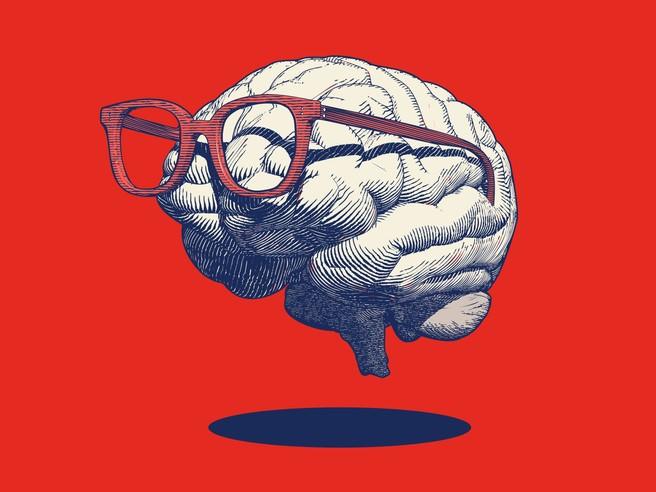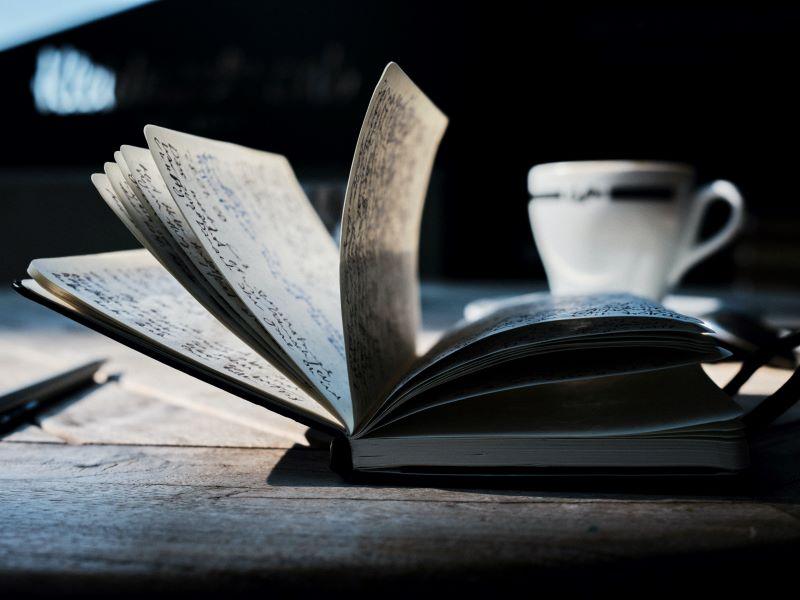Invention, or the synonymous “innovation” or “creativity”, is a tremendous contributing factor in the advancement of society.
Great thinkers, musicians, scientists, writers and artists all become great because they master multiple components of knowledge and then reshape and experiment with that knowledge to solve a problem. Often, epiphanies arrive unexpectedly or through errors in design or research, but without base knowledge and a culture of experimentation, invention of note rarely occurs.
The key in higher education then is to ensure that students don’t just receive course content but, as a minimum, are expected to apply what they know to new contexts. There should also be opportunity, prompts and support for students to consider new and interesting ways to think about those applications.
Content v application
Central to this sequence is the need to develop layers of knowledge. Newton’s famous line “If I have seen further, it is by standing on the shoulders of Giants” is apt here and reinforces the intuitive understanding that you can’t think about things you have no knowledge of. One thing that university certainly provides is access to higher-order knowledge, so this aspect of the sequence is covered. But the need to get through a significant amount of content can dominate learning activity, offering little chance for students to extend that base.
- Resource collection: What innovation needs to thrive in higher education
- Video: How to use humour to boost student understanding and foster creativity
- Creative projects as a way of bringing students together
An obvious solution is to re-evaluate and adjust the amount of content to fit in moments of application accordingly, but that is not so easy to do, and often requires a change that can have implications for whole programmes. Another solution is to use the blended learning format that almost all university courses are now being adapted to.
If you build a blended context, they will come
The blended learning context uses a learning management system (LMS) to support the delivery of content online combined with the conscious addition of activities that can foster and facilitate creative thinking. Previously, the LMS has been viewed as a sort of dumping ground for content – but that is changing.
This learning design can not only help students secure knowledge via retrieval practice, but also deepen their understanding through discussions and activities that promote critical and creative thinking.
Carefully crafted activities that incrementally develop and cultivate connections to existing knowledge can then be leveraged to prompt new ways of thinking about the connections. Posing questions and seeking discussions that extend the thinking of students will help stimulate creativity.
Not every student will take on the challenges presented, but those with an interest in the topics most likely will. It is these students who may go on to research, create and invent solutions that benefit society. The thing about this, though, is that there will also be students who pursue the challenge who wouldn’t have done so without active prompting. It’s a case of if you build it, they will come.
Application in major final assessment is too late
To create a culture of exploration and innovation, provide opportunity for creative application during formative and mid-course assessments. These work in conjunction with the extension learning activities in the LMS.
While a recent push to include questions requiring the application of knowledge in major assessment is an improvement in assessment pedagogy, this should not be the only time that application is encouraged. Limited to assessment, new applications of knowledge are unlikely to produce much creativity. In exams and high-stakes assessment, for example, students are less likely to see opportunities for creative application of the knowledge because they are more concerned about supplying a correct answer. Even if they do creatively apply their knowledge to solve the problems, they are less likely to remember what they did because that is not what they were paying attention to. Daniel Willingham’s statement “You remember what you think about” rings true here.
Encourage exploration and discussion
An abundance of evidence points to the influence of the tutor or lecturer, positively or negatively, in creating a culture of learning. Presenting to students as passionate and interested in exploring new ideas, and as someone who not only offers such interactions but engages in them consistently, will raise expectations and ultimately encourage more students to think creatively about the topics at hand. Of course, you can’t spend enormous amounts of time engaging in discussions but keeping your eye on them and encouraging trains of thought will be enough to keep students motivated to deepen their thinking.
Pose challenging questions
An easy-win strategy is to pose challenging questions during lectures. This exploits the natural distribution of students in your cohort. Most students will simply be trying to keep up with the content, but some will think more. The end of each natural chunk in a topic presents a wonderful opportunity to pose questions to check for understanding, and to increase the difficulty to satisfy those interested in creatively thinking about the topic. The skill of asking higher-order questions, however, is not a given, and it is worth exploring and mastering the types of questions that evoke deeper thinking. Reposting these questions on the discussion board in the LMS after the lecture will encourage fuller, deeper reflection as students can spend more time to consider their point of view.
Fostering creativity in higher education needs well-crafted design with space for deeper thought and application of their knowledge. When that design is well implemented, the output from students can be something not only exciting but also something that society needs.
Paul Moss is learning design and capability manager at the University of Adelaide.
If you would like advice and insight from academics and university staff delivered direct to your inbox each week, sign up for the Campus newsletter.




comment